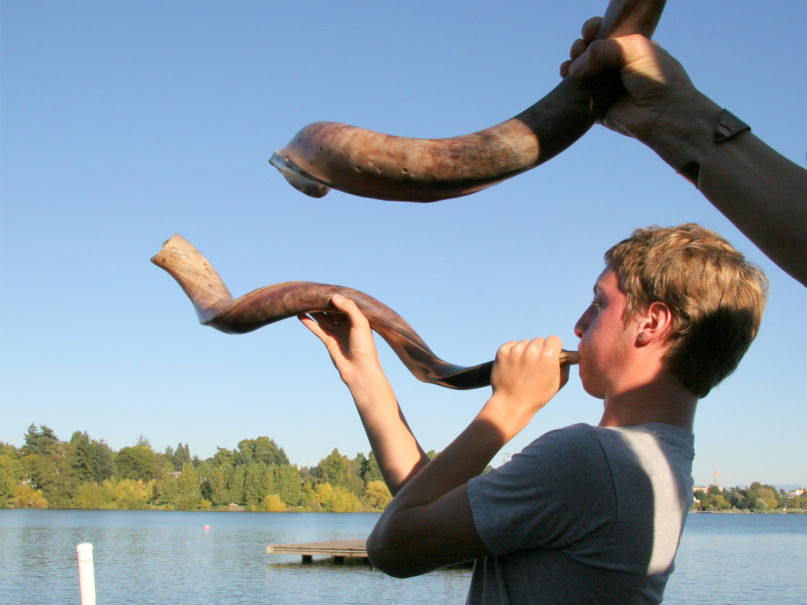(RNS) — It is customary for Jews to visit the graves of loved ones during the month of Elul, which ended Sunday (Sept. 5), but I would like to invite you to come with me to a different kind of cemetery.
We are going to the Cemetery of Sounds.
It is the final resting place for sounds that no longer exist.
The first thing that happens is you need to pay for admission into the cemetery.
While this might seem odd to you, rest assured it is because the sound of a cash register is itself a sound that has died.
Come with me to the Record Family Plot. Walk to this grave, and hear this sound. It is the sound of a scratchy record.
Ah, sometimes there is resurrection of the dead. Vinyl is back! Hipsters are now buying record players.
But, here is the thing. Records can warp. They can break. They can get scratchy. They can skip.
Come over here. This grave will show you how that worked.
Walk this way, to the Telephone Family Plot. Stand at the grave of the sound of a telephone dialing.
Here is an adjacent grave: dial tone.
And, this one: a busy signal.
Walk with me a little further to the Typewriter Family Plot.
Here we solemnly stand at the grave of the sound of the keys. Weep with me, here, at the grave of the bell that signals a return of the carriage.
Leave the Typewriter Family Plot, and encounter the grave of this sound — a film projector.
In an adjacent tomb, this sound — AOL dial-up.
These are all sounds that no longer exist.
But there is a sound that will never be in the Cemetery of Sounds.
Neither will it ever be in a museum.
It is a living sound — one of the oldest sounds in the world — and it is not a sound that occurs in nature.
Second only to the drum, it is the oldest musical sound in the world.
It is precisely the same sound our ancestors heard 2,500 years ago (I thank Rabbi David Wolpe for this insight), and they have heard — without fail — every year since.
Jews have heard that sound in grand synagogues on the boulevards of major cities, and in tiny shtibels in small villages.
Jews have heard that sound in congregations of thousands of people, and in places that can barely make a minyan.
Jews have heard that sound in real life and in real time, and on computer screens.
If Jews cannot physically hear the sound — if they have suffered hearing loss — then they can still feel the vibrations with their hands.
It is a sound that has not changed one bit — not since God first revealed the Ten Commandments on Mount Sinai.
If you were to take someone from 2,500 years ago, and put them into a time machine, and transport them anywhere in Jewish history, to any time in Jewish history, at this season — and put that person into a synagogue — the sound would always be the same.
I am talking about the blast of the shofar.
On Rosh Hashana, I, and millions of Jews, will blow the shofar.
We will herald the coming of the year 5782.
We will hear the blast of the shofar as a wake-up call, as a warning, as a call to introspection.
My job, and the job of my fellow Jews?
We have many sacred responsibilities, but this one in particular …
To keep the sound of the shofar alive.
This year, especially, when the background music of our lives has been so discordant, let us turn to, and rely on, the oldest musical note we know.
Have a good and sweet new year.






